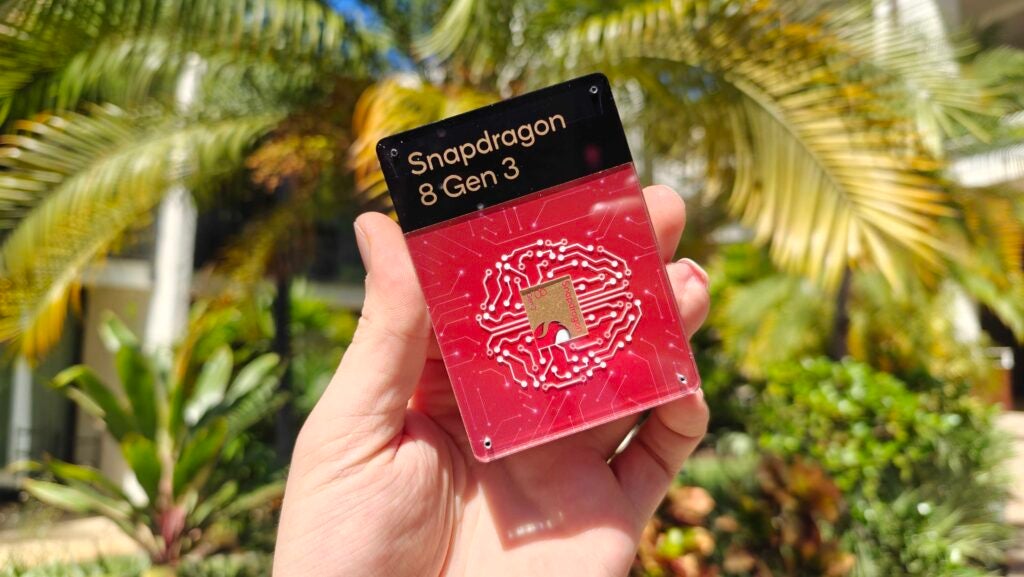
Qualcomm recently announced its latest flagship mobile platform, the Snapdragon 8 Gen 3.
The Snapdragon 8 Gen 3 is already confirmed to be in the works to power smartphones from the likes of OnePlus, Oppo, Sony, Xiaomi and more in the near future, meaning we’re very interested in what this chipset is capable of.
One new update coming to the Snapdragon 8 Gen 3 is the Video Object Eraser. We’ve put together this guide to explain everything you need to know about the smartphone camera feature.
What is Qualcomm Video Object Eraser?
The Video Object Eraser is a feature by photo and video software developer Arcsoft. The tool makes it possible to remove unwanted people and objects from videos with just a tap.
Think of it a bit like Google’s Magic Eraser but for videos, allowing you to kick photobombers and distracting objects from the backgrounds of clips without requiring any professional software or advanced video editing knowledge.
The Video Object Eraser being on the Snapdragon 8 Gen 3 means it’ll be possible for a huge number of smartphone manufacturers to implement the feature, bringing this video editing capability to a wider audience.
So, what other new camera features are coming to the Snapdragon 8 Gen 3?
There’s a dual-camera Vlogger’s View mode to record video on the front and rear cameras simultaneously and Dolby HDR photo support to capture a greater range of colours, tones and shades.
Samsung’s 200-megapixel image sensor powers Zoom Anyplace, a feature that allows users to capture multiple videos, enable object tracking and use 2x and 4x zoom all in 4K. Meanwhile, 12 layers of Semantic Segmentation offer more detailed and vibrant results on both the front and back cameras.
Photo Expansion allows your phone to extend an image beyond what was originally captured, while the AI-powered Night Vision video capture feature creates better results in low light.
Lastly, there’s Truepic photo capture with C2PA standard support which places a cryptographic seal on any photos you snap to prove that they’re real and not AI-generated.

